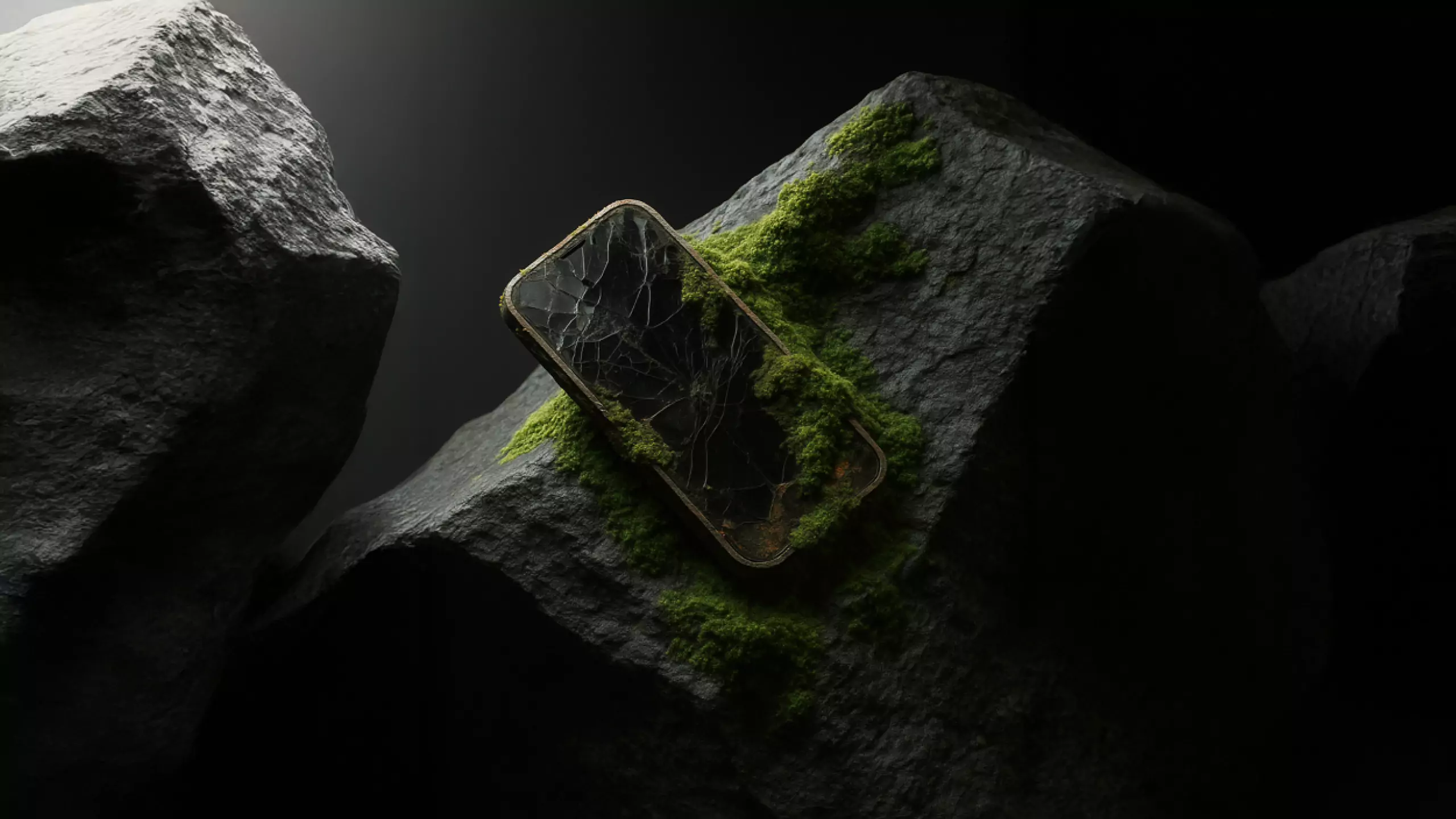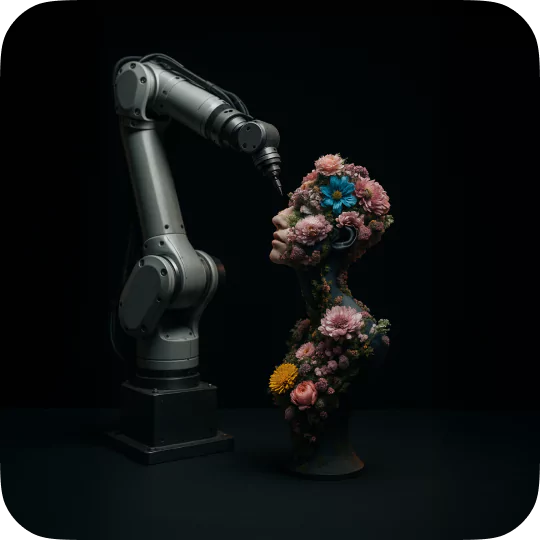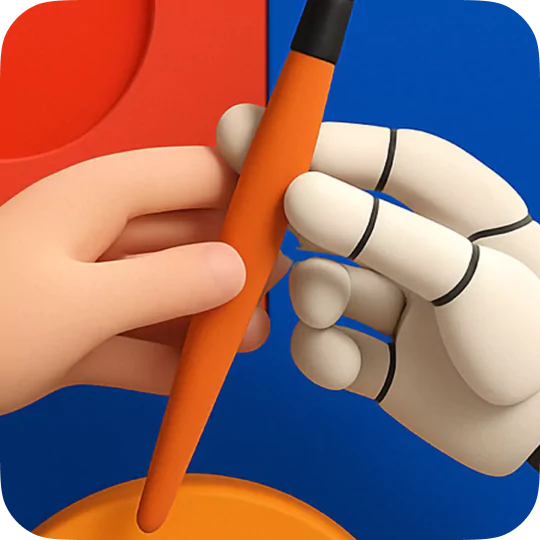Over the past year, I’ve found myself in conversations that begin with AI and quickly shift into design. Not just how to design with AI — but how to design for it. And it’s become increasingly clear to me: the rules have changed.
We’re no longer designing static screens. We’re designing intelligent, learning systems. Experiences that shift and grow over time. UX has left the screen — and as designers, we need to follow it.
The future of design is conversational, adaptive, and alive.
The Interface Is No Longer the Experience
For decades, UX design has been rooted in the visible. Visual interfaces, flows, visual hierarchy. The assumption was that interaction happened where the eye met the screen.
But that’s no longer the full story. With AI embedded deeply into products, the real experience often happens before — or even instead of — visible interaction.
A great AI-powered product feels effortless not because of what it shows, but because of how intuitive it can be. It preempts, adapts, smooths, suggests. And that means the true canvas of design now includes anticipation, responsiveness, and intent.
Designers need to think beyond what the user taps. We’re now shaping the logic of how systems learn, react, and evolve.
Personalization Should Feel Like Presence
Let’s be honest, most personalization today is shallow. It’s names, preferences, maybe a remembered item in a cart. That’s not intelligence — that’s a mail merge.
When we talk about personalization at Younite, we’re talking about systems that learn with you. Ones that understand how your needs shift. Applications that become more useful not because you filled out a form, but because they’re observing, adapting, and reflecting your context back to you in real time.
This kind of dynamic relationship requires a new kind of UX — one that’s less about fixed layouts, and more about adaptive frameworks. Less about inputs, and more about presence.
Of course, that raises design challenges. But it also opens the door to richer, more humane experiences.
AI Should Feel Like Collaboration, Not Magic
A lot of AI products position themselves as magic wands — click the button, and poof! The answer appears. But users don’t just want magic. They want partnership. They want to influence, iterate, correct. They want to steer.
We’ve found again and again that people respond better when the AI feels like a collaborator — something fluid and improvable rather than a black box oracle. So our job as designers isn’t to hide the system. It’s to give it a voice. To reveal just enough of its logic that people trust it, challenge it, and shape it to their needs.
That’s not traditional UI thinking. That’s relational design.
Trust Is The New Aesthetic
If AI is going to be embedded in everything — and let’s face it, it already is — then trust can’t be a feature. It has to be the foundation.
This isn’t just about ethics (though it is about ethics). It’s about designing systems that are transparent in their decision-making, respectful of user agency, and open about where their intelligence comes from.
When people don’t understand what a system is doing — or why — they disengage. They resist. They click away.
Design’s role here is to make the invisible visible. To wrap intelligence in clarity. To create experiences where trust isn’t assumed, it’s earned — moment by moment, interaction by interaction.
So, Where Do We Go From Here?
We’re heading toward a world where design is less about how things look, and more about how things respond. Where the core design challenge is no longer arranging static elements on a screen, but choreographing intelligent systems in motion.
The products we build at Younite live in that space. A space where AI doesn’t just power things behind the scenes — it is the experience. A space where the boundaries of interface and behavior blur. Where personality, context, and adaptability become the raw materials of design.
It’s a thrilling shift.
But it also requires us — as designers, technologists, storytellers — to rethink what our craft even is.
Because if UX has left the screen, then maybe it’s time we did too.
About the author
David Papworth
Dave is the Creative Cultivator (CCO) and Product Leader for Younite. His career has taken him through multimedia, development, design, innovation, and ultimately founding Younite. David's focus is on building teams that can tackle any challenge, look beyond their boundaries, and grow the collaborative relationships Younite desires with our clients.




